To meet the target enabling works contractor, Costain Skanska joint venture and Lydon Contracting are using a pioneering low carbon concrete to reduce emissions.
The first use of the Vertua Classic Zero concrete in the capital will prepare the ground for an electricity substation which will power the tunnel boring machines excavating HS2’s London tunnels.
A further delivery of Cemex’s Vertua is planned at the same site by the end of October.
Talks are now taking place as to how this technology can be adopted on further sites across the HS2 route.
Dan Hunt, Programme Director at Costain Skanska joint venture said: “Working closely with our supply chain, CSjv has identified many ways to maximise our environmental credentials, leading to more than 3,000 tonnes of carbon dioxide equivalent (CO2e) saved to date.
“We have focused on identifying innovations and efficiencies throughout our whole programme, from our power supplies and fuel sources through to working methodology by reducing and recycling materials.
“We have worked hard to reduce the amount of concrete needed across the programme and by working with Cemex, we have further reduced our carbon footprint of our works.”
Zero carbon concrete
Cemex has engineered carbon reductions into the concrete mix design, and calculated the embodied carbon generated from extraction and processing of raw materials, product manufacturing and distribution.
Residual carbon is then offset, making the concrete carbon neutral from manufacture to use.
To achieve carbon neutrality, carbon is offset by the removal or reduction of emissions of carbon dioxide or other greenhouse gases from the atmosphere in order to compensate for emissions made elsewhere.
Cemex does this by investing in projects which physically remove CO2 where possible from the atmosphere, such as planting more trees or protecting against deforestation through an independently audited and verified project.
This is done in accordance with international standards for carbon neutrality.





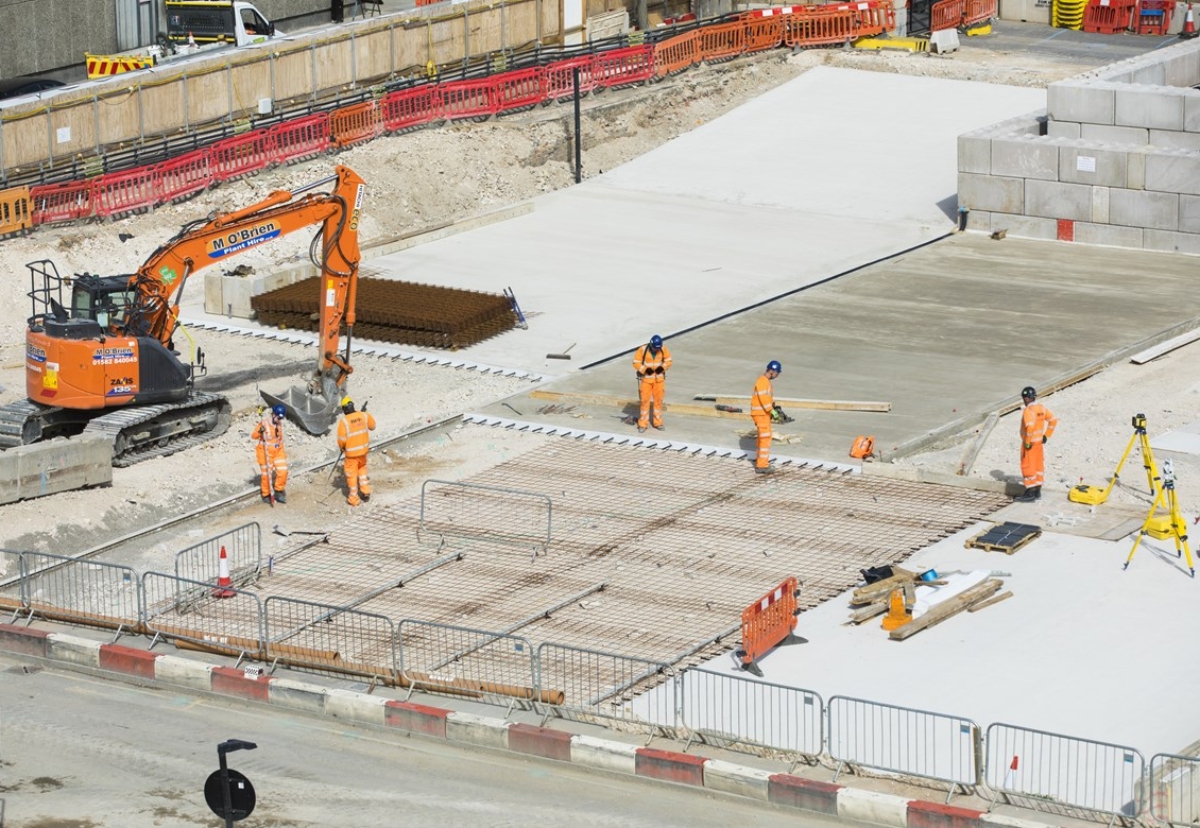

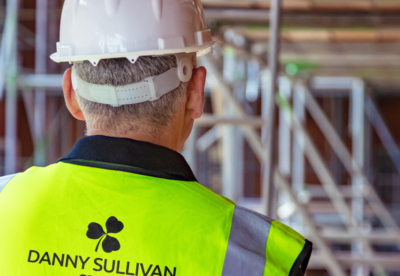









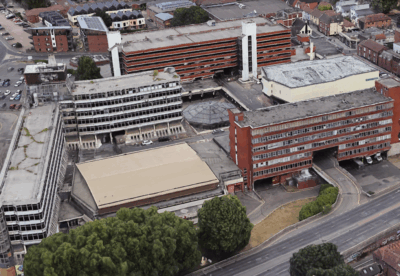

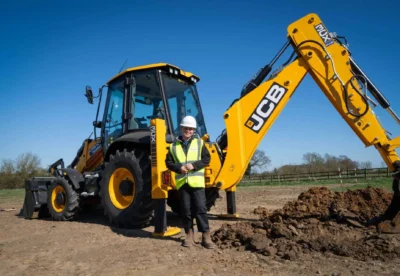
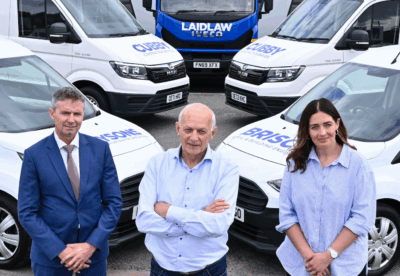


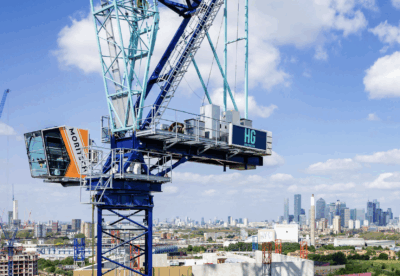
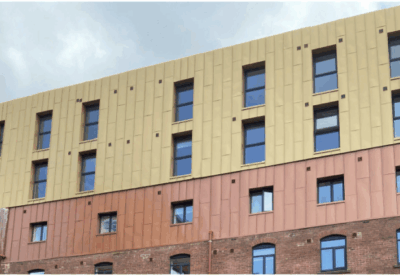


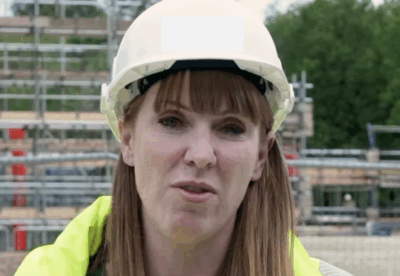
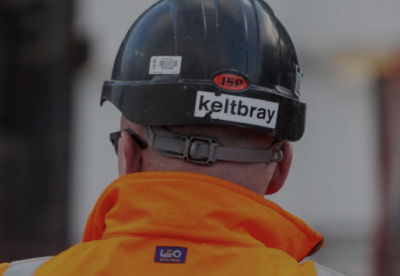





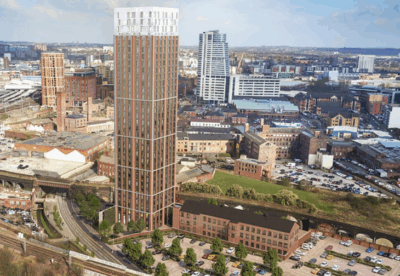

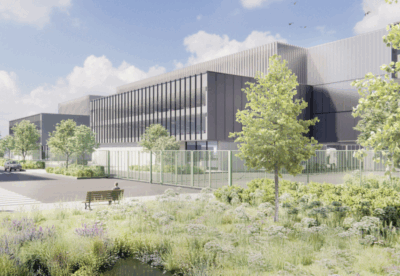

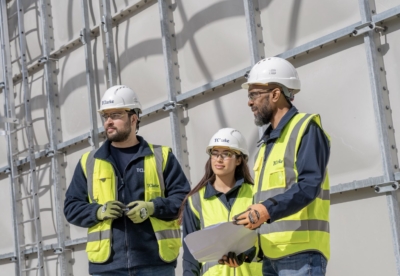
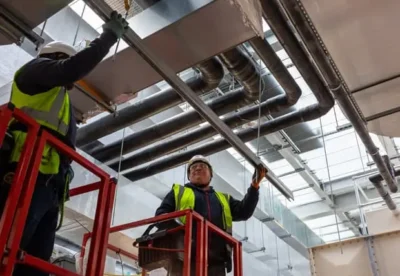


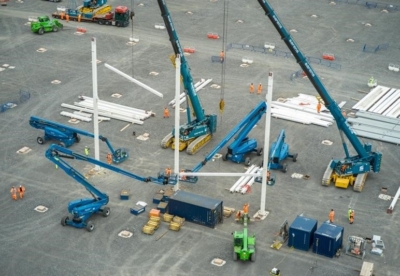

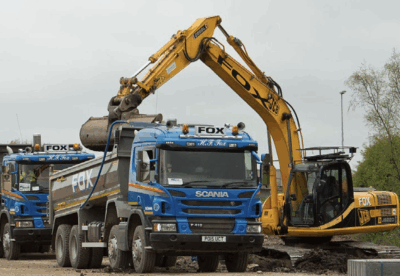








 (300 x 250 px) (2).png)

